 Intravenous Injection Technique
Intravenous Injection Technique
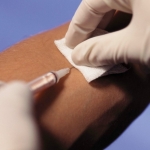
One of the main skills that a nurse must possess, regardless of profile, is the technique of performing an intravenous injection to a patient.
Any administration of a medicinal substance is carried out strictly according to the prescription of the attending physician.
Intravenous injection is made in those areas where the veins are most pronounced. Most often - ulnar (cubital - on the inner surface of the elbow bend), veins of the forearm and hand.
In cases of absence of the upper limbs, intravenous infusions are carried out on the veins of the legs.
For newborns, due to the weak severity of the cubital veins, injections are made into the temporal veins.
Before the manipulation, the nurse puts on a uniform and a special gown for working in the treatment room, a cap, a mask, goggles. This is followed by washing hands, treating them with 70% alcohol, putting on sterile rubber gloves.
Directly, the technique for performing intravenous injection consists of the following:
- Sit or lay the patient in a comfortable position.
- Put the patient's hand on a table or a special stand with a soft pillow-roller made of washable material.
- Apply a rubber tourniquet or a special tourniquet with a plastic clasp to the middle third of the shoulder. The tourniquet should be pulled so that temporary venous congestion occurs. With poorly defined veins, the tourniquet should be stretched and then placed on the shoulder over clothing or a diaper. The free ends of the rubber band should be directed in the direction opposite to the injection site (up). Otherwise, when untying, you can “come out” of the vein.
- The patient should be asked to squeeze and unclench his fist several times, fixing it for the moment of puncture of the vein in a compressed position.
- The injection site is determined visually and by palpation - you should examine the swollen vein and feel it.
- The elbow bend is treated twice with a sterile cotton swab moistened with 70% alcohol (at first - a larger area, then a smaller one, directly at the site of venipuncture). Used swabs are placed in the waste tray.
- Holding the syringe in the right hand, the skin over the vein is stretched with the thumb of the left and fixed so that the vein does not “move”. The finger should be 4-5 cm below the intended injection site. The needle should be directed upwards, and in this position the skin is punctured almost parallel to its surface. Then the vein is carefully punctured to the feeling of "failure into the void."
- The syringe is transferred to the left hand. The index finger fixes the cannula of the needle. Pulling the piston towards you, you should definitely make sure that the needle is in the vein. If blood enters the syringe, the puncture was performed correctly. The tourniquet is untied, the patient is asked to relax his fist. In the absence of blood, you need to try to puncture the vein again. If this forms a hematoma, the needle has passed through the vein. In this case, the needle should be removed and injected into another vein.
- After making sure that the needle is inside the vein, the infusion of the medicinal substance begins. Slowly pressing on the piston, the solution is injected, leaving about 0.5 ml of the drug in the syringe.
- A sterile swab moistened with alcohol is applied to the injection site and the needle is removed with a gentle movement. The swab is pressed to the puncture site and the patient is asked to bend the arm at the elbow joint. The syringe is removed into the tray with the used material for subsequent disinfection.
- During an intravenous injection, as well as after it, the nurse carefully monitors the patient's condition, asking him if there are any discomfort and observing his appearance. 5 minutes after the manipulation, the puncture site is checked for the absence of bleeding. When it stops, the cotton swab is removed into the tray.
- After the injection, the nurse immerses the waste material, including gloves, in containers with disinfectants .
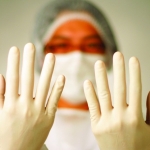

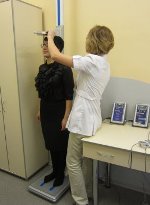
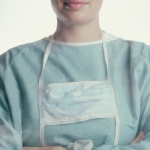
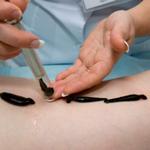

Please write the source of information, otherwise you have to figure out where it came from
Why think?
Open any nursing textbook. For 25 years of work, this information is taken from experience and from the head, where many algorithms, orders, instructions, etc. are located.
in an abstract or other work - write the website address http://www.medcectre.ru/ or the page address - http://www.medcectre.ru/texnika-vypolneniya-vnutrivennoj-inekcii/ Do you know that this has been done for a long time?
I work in a medical clinic and for us information can only be taken from legal documents, reference books with the year of publication, and not the website address or personal experience. That's why I asked to write the source of information.
What is the problem - take it from regulatory documents. I also work in a hospital and studied at a medical university. If you have special requirements, look for literature with the year of publication. It is not difficult. Already on injections ... 🙂
And on self-respecting sites, information without indicating the source is copyrighted.